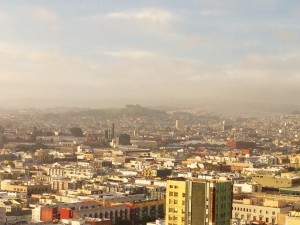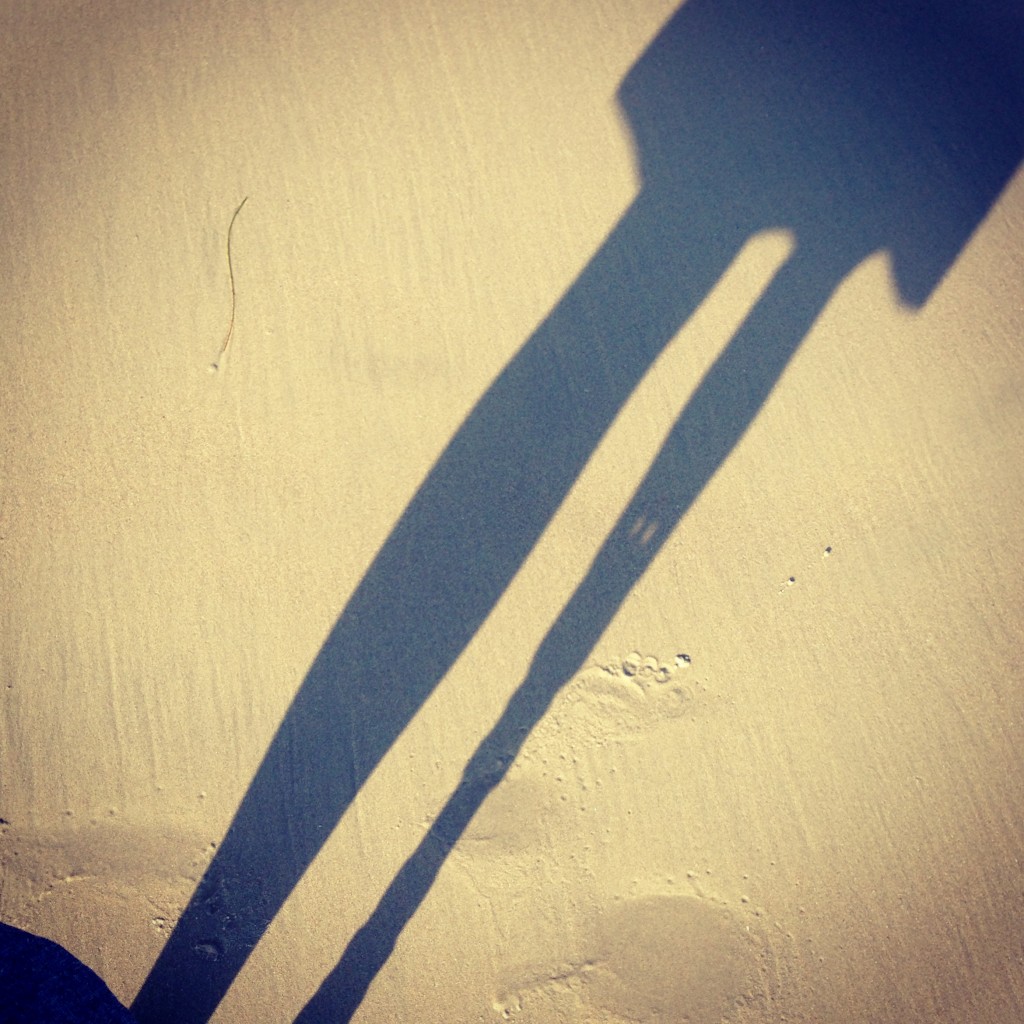Last year I set a HUGE goal for myself: to train for the qualifying race to win a spot on the U.S. paracanoe team heading to the 2013 World Sprints. It’s a particularly ambitious goal because I’m switching from the 6-man long distance ocean canoeing that I’ve been doing for several years to paddling a rudderless canoe in short flatwater sprints. But, I decided that there was no time like the present to set my sights on something ambitious. So, to cement my plan I bought a plane ticket to the race and began training in earnest.
Then a few months ago, I started realizing that something funny was going on with my left (read: my only) foot. My ankle was swelling and my toes felt numb. Because the numbness often occurred when I was sitting in my canoe, I assumed that there was something wrong with the design of my seat and that my nerves were being pinched. Until I went in for a routine physical.
 My doctor found a mass in my pelvis during my exam. And then a follow-up ultrasound showed that there were two masses (for the record, I’ve now christened those two lumps “Scylla” and “Charybdis”). More tests came back and I learned that I have three different medical issues that each warrant some surgical intervention.
My doctor found a mass in my pelvis during my exam. And then a follow-up ultrasound showed that there were two masses (for the record, I’ve now christened those two lumps “Scylla” and “Charybdis”). More tests came back and I learned that I have three different medical issues that each warrant some surgical intervention.
For someone who’s had cancer before, this news was not easy. Tears. Fears. Why me. And most of all, why now–when my body is stronger than it’s ever been?
There’re still a lot of medical questions and I’m in the process of getting answers. In the meantime I’m in some pain–both emotional and physical. I have good days and some not-so-good ones. I’m not out in my canoe as often right now, although I’m swimming regularly to maintain conditioning. I started yoga again–my body craving the stretching and breathing at this time when things are out of sorts.
But above all, I’ve been questioning whether my goal was a ridiculous one. I’ve been asking myself, “Who am I, for crying out loud, to think that I could be an athlete?” I’ve wondered whether I pushed too hard, and at what cost.
So it was bittersweet news a few days ago to open an award letter from the Challenged Athletes Foundation, to learn that I’d earned the funds I needed to finance my racing goal–a grant that I had applied for many months ago. I cried and cheered and then sat in the sun on the back porch and pondered what it really meant for me, right now.
And this is what it means. I will probably not be in that qualifying race in New York in July that I’d originally aimed for because I need time for recovery and to build my strength again after surgery. But that doesn’t mean that the HUGE goal is gone. There will be other outrigger races and I will get stronger. Again and again.
I’m remembering a meeting I had with a university athletics coach recently. I told him a bit about my background and my racing goal and as I did so he sort of shook his head a bit. And then he repeated it back to me: “You had cancer when you were 12 and you lost your leg. Then ten years ago went back to school and started a PhD program and then finished it, as a single Mom of two teens. And then you started a new sport five years ago after never being particularly athletic and now you want to compete internationally.” He paused for a bit and I expected him to laugh at me–this crazy one-legged woman that he’d just met and who had described such a circuitous life story. Instead, he replied: “Then my money is on you to win that race.”
So come Scylla, come Charybdis, or whatever else life might throw my way…I’m going for this one like I have with so many other things. One step at a time, one day at a time. And with the knowledge that working towards a huge goal is more of a reward than anything that happens at the finish line.
Photo above of one of my all-time favorite IMUA races–our canoe had started the race DFL and worked hard enough to finish just behind the boats that medaled. What an amazing feeling to have worked so hard together and to have accomplished so much…




